What’s Next for a Turbulent Market
Investors wonder if it’s sink or swim for stocks. Our take: time to bottom-fish.

Investors tossed about by the stock market’s rough seas are no doubt wondering what just hit them. A bear market? A bull-market correction? We won’t know for sure until sometime in the future. But when it comes to your investing strategy, the answer matters less than you think.
Stock prices peaked last September and have been in a volatility vortex ever since. From the September peak to the trough on December 24, Standard & Poor’s 500-stock index fell 19.8%—escaping by a whisker the generally accepted definition of a bear market, which is a loss of 20% or more. Other market benchmarks were clearly mauled by the bear, including the small-company Russell 2000, which fell 27%, and the Dow Jones transportation average, down 25%. Losses were greatest in the energy sector, down 31%, and communication services (which includes Alphabet, Facebook and Netflix), down 29%.
Dramatic downdrafts are often followed by big bounces, and at its recent close of 2596, the S&P 500 is already up 10% from its low. But the volatile swings aren’t over. “I’m confident that we will not go below [a loss of] 19.8% on the S&P 500, but we have to engage in some backing and filling to prove that was the low,” says Sam Stovall, chief investment strategist at research firm CFRA.
From just $107.88 $24.99 for Kiplinger Personal Finance
Become a smarter, better informed investor. Subscribe from just $107.88 $24.99, plus get up to 4 Special Issues

Sign up for Kiplinger’s Free Newsletters
Profit and prosper with the best of expert advice on investing, taxes, retirement, personal finance and more - straight to your e-mail.
Profit and prosper with the best of expert advice - straight to your e-mail.
Think of the past 12 months as a rolling bear market, says Russ Koesterich, portfolio manager for the global allocation team at investment giant BlackRock. In other words, investors have punished various market segments in succession, starting with emerging markets early in 2018. Stovall calls the late 2018 collapse “the deepest of corrections.” But Jim Paulsen, chief strategist at Leuthold Group, sums up the downturn this way: “What you call it is way less important than what you do with it.”
A buying opportunity? Sharply lower share prices in relation to earnings and other yardsticks may have given an aged bull a little breathing room (see Thanks for the Memories: Bull Market Hits 10-Year Mark). “We may have reset the dial for as much as another year,” says Stovall. In January 2018, the S&P 500 was trading at 19 times projected earnings for the companies in the index. It fell to 14 times earnings in December and recently traded at 15 times analysts’ estimates for the year ahead. “That’s a revaluation miracle,” says Paulsen.
Slowing economic growth that allows the Federal Reserve to pause its rate-hiking campaign is also a plus. As long as the economy doesn’t sink into recession, Paulsen sees the market testing its old highs (around 2900 for the S&P 500).
For now, Koesterich advises investors to use a two-pronged strategy: Keep more cash while also bottom-fishing for bargains in financials, energy firms, materials producers and industrials. Look for companies with strong balance sheets and a history of increasing earnings and dividends, such as aerospace and defense firm Northrop Grumman (symbol NOC, $256) or Bank of New York Mellon (BK, $48), says Stovall. “I’d have more overseas than in the U.S.,” says Paulsen. “International stocks are better values, and they’re coming out of a slowdown already.”
Whatever you do, make sure you’re investing in sync with your stage in life and your risk tolerance so you’re prepared for a real bear market—the one that will precede the next recession and could arrive later in 2019 or early next year. Because when that bear arrives, there might be nothing ambiguous about it.
Profit and prosper with the best of Kiplinger's advice on investing, taxes, retirement, personal finance and much more. Delivered daily. Enter your email in the box and click Sign Me Up.

Anne Kates Smith brings Wall Street to Main Street, with decades of experience covering investments and personal finance for real people trying to navigate fast-changing markets, preserve financial security or plan for the future. She oversees the magazine's investing coverage, authors Kiplinger’s biannual stock-market outlooks and writes the "Your Mind and Your Money" column, a take on behavioral finance and how investors can get out of their own way. Smith began her journalism career as a writer and columnist for USA Today. Prior to joining Kiplinger, she was a senior editor at U.S. News & World Report and a contributing columnist for TheStreet. Smith is a graduate of St. John's College in Annapolis, Md., the third-oldest college in America.
-
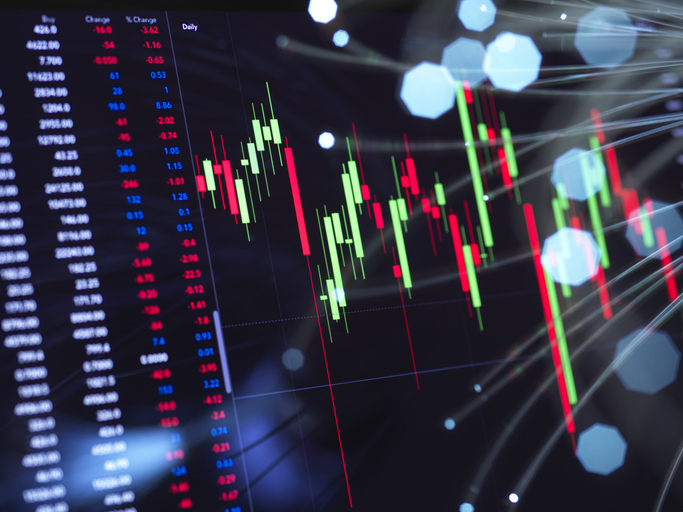 Stocks Chop as the Unemployment Rate Jumps: Stock Market Today
Stocks Chop as the Unemployment Rate Jumps: Stock Market TodayNovember job growth was stronger than expected, but sharp losses in October and a rising unemployment rate are worrying market participants.
-
 Should You Renew Your CD?
Should You Renew Your CD?With rate cuts impacting earnings, we examine if now is a wise time to renew CDs.
-
 7 Ways to Plan Now to Save on Medicare IRMAA Surcharges Later
7 Ways to Plan Now to Save on Medicare IRMAA Surcharges LaterUnderstand the critical two-year lookback period and why aggressive planning before you enroll in Medicare is the most effective way to minimize IRMAA.
-
 If You'd Put $1,000 Into Coca-Cola Stock 20 Years Ago, Here's What You'd Have Today
If You'd Put $1,000 Into Coca-Cola Stock 20 Years Ago, Here's What You'd Have TodayEven with its reliable dividend growth and generous stock buybacks, Coca-Cola has underperformed the broad market in the long term.
-
 If You Put $1,000 into Qualcomm Stock 20 Years Ago, Here's What You Would Have Today
If You Put $1,000 into Qualcomm Stock 20 Years Ago, Here's What You Would Have TodayQualcomm stock has been a big disappointment for truly long-term investors.
-
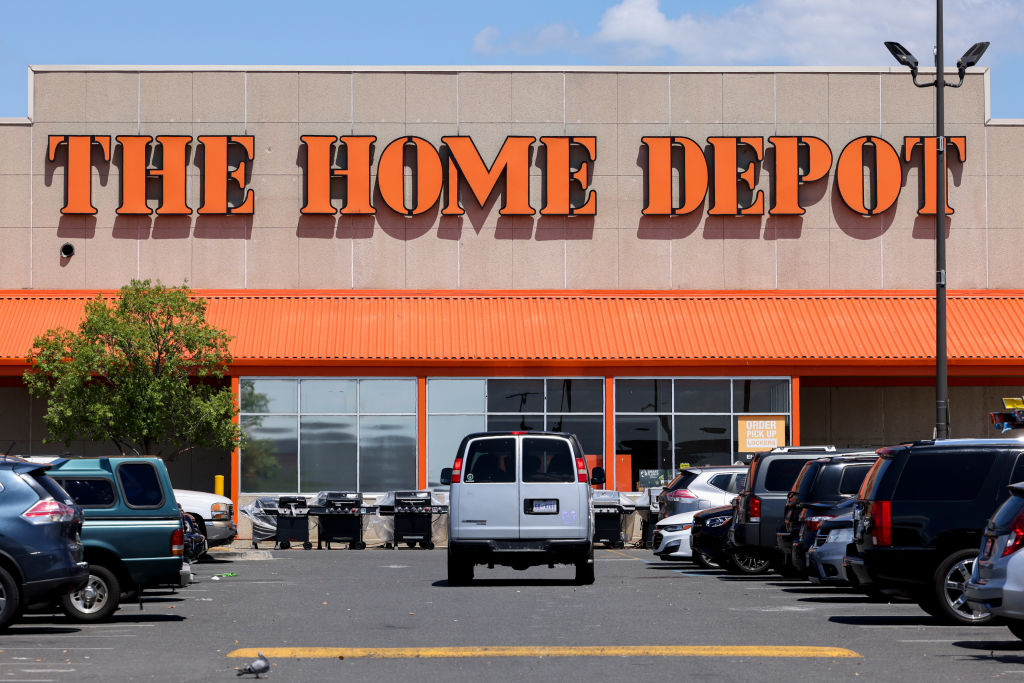 If You'd Put $1,000 Into Home Depot Stock 20 Years Ago, Here's What You'd Have Today
If You'd Put $1,000 Into Home Depot Stock 20 Years Ago, Here's What You'd Have TodayHome Depot stock has been a buy-and-hold banger for truly long-term investors.
-
 If You'd Put $1,000 Into Bank of America Stock 20 Years Ago, Here's What You'd Have Today
If You'd Put $1,000 Into Bank of America Stock 20 Years Ago, Here's What You'd Have TodayBank of America stock has been a massive buy-and-hold bust.
-
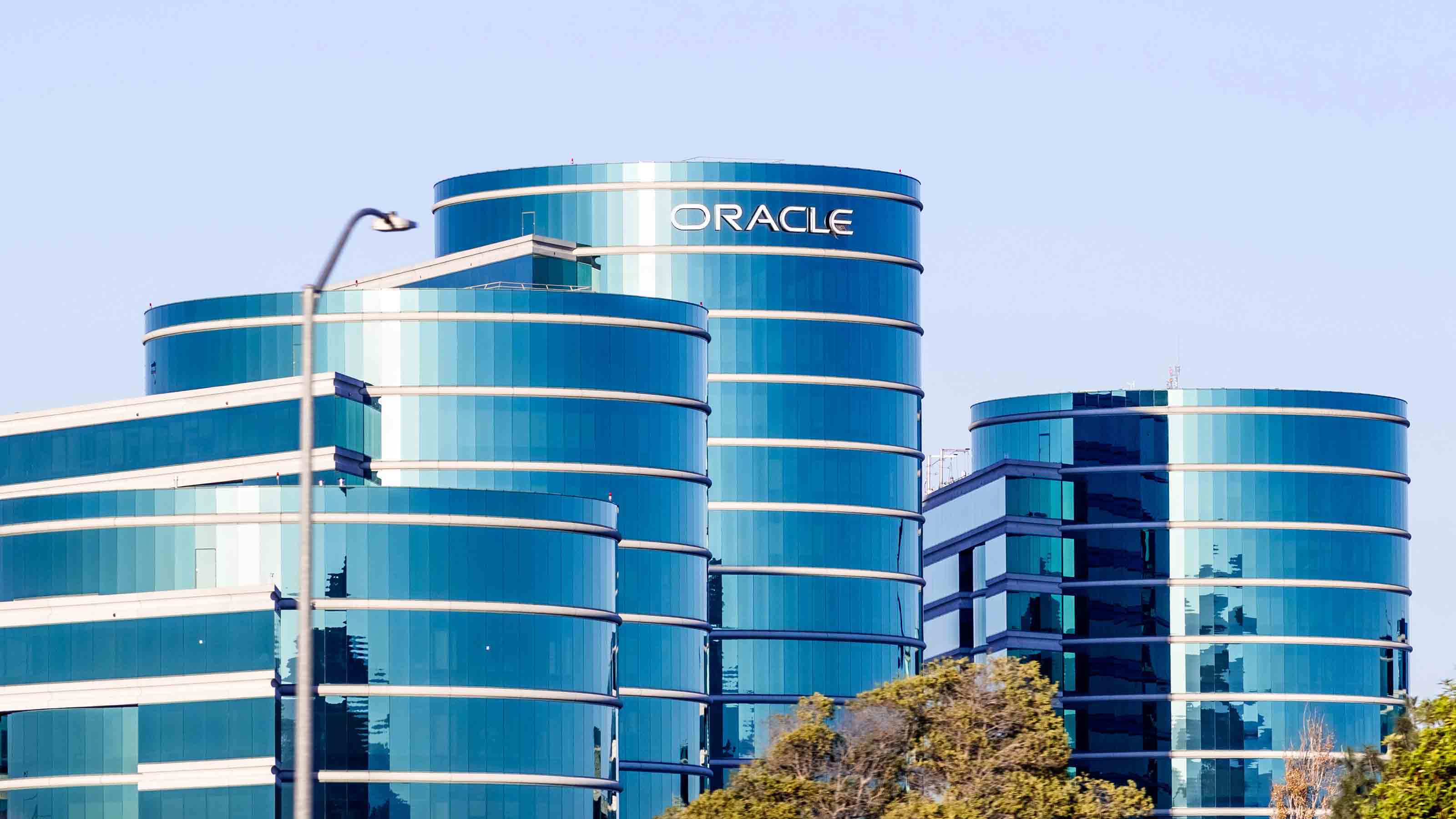
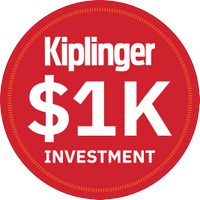 If You'd Put $1,000 Into Oracle Stock 20 Years Ago, Here's What You'd Have Today
If You'd Put $1,000 Into Oracle Stock 20 Years Ago, Here's What You'd Have TodayORCL Oracle stock has been an outstanding buy-and-hold bet for decades.
-
 If You'd Put $1,000 Into Sherwin-Williams Stock 20 Years Ago, Here's What You'd Have Today
If You'd Put $1,000 Into Sherwin-Williams Stock 20 Years Ago, Here's What You'd Have TodaySherwin-Williams stock has clobbered the broader market by a wide margin for a long time.
-
 If You'd Put $1,000 Into UnitedHealth Group Stock 20 Years Ago, Here's What You'd Have Today
If You'd Put $1,000 Into UnitedHealth Group Stock 20 Years Ago, Here's What You'd Have TodayUNH stock was a massive market beater for ages — until it wasn't.
-
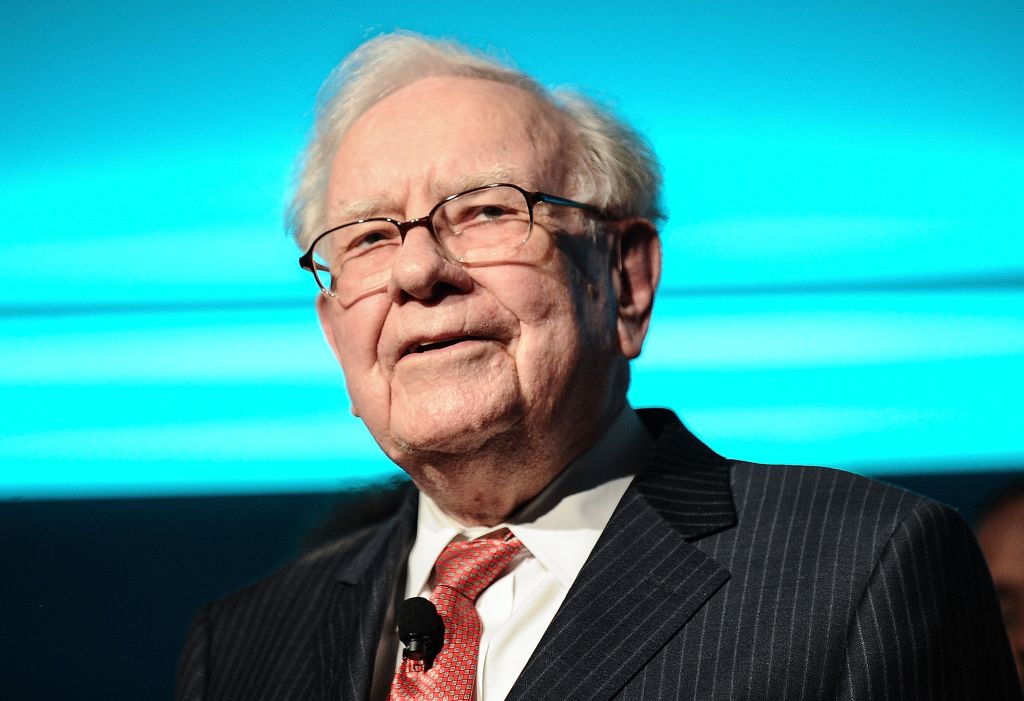 If You'd Put $1,000 Into Berkshire Hathaway Stock 20 Years Ago, Here's What You'd Have Today
If You'd Put $1,000 Into Berkshire Hathaway Stock 20 Years Ago, Here's What You'd Have TodayBerkshire Hathaway is a long-time market beater, but the easy money in BRK.B has already been made.